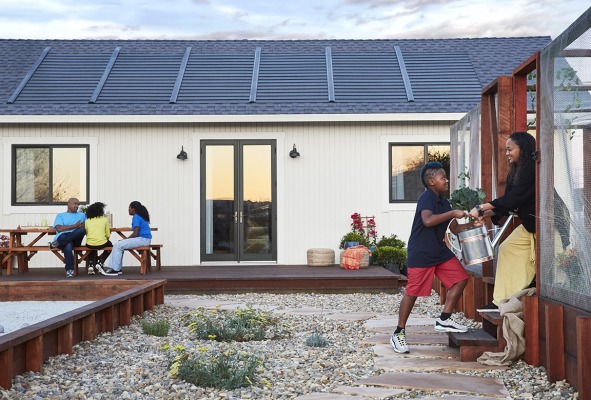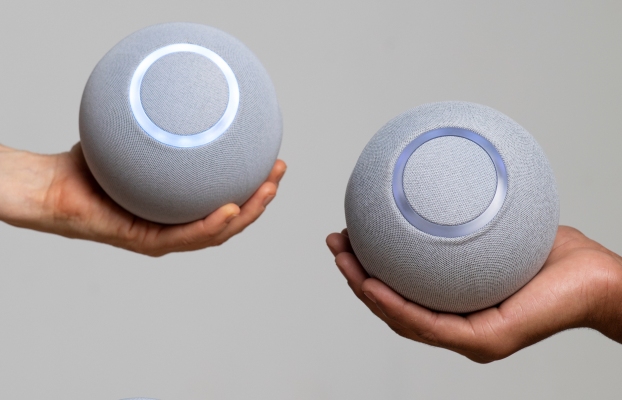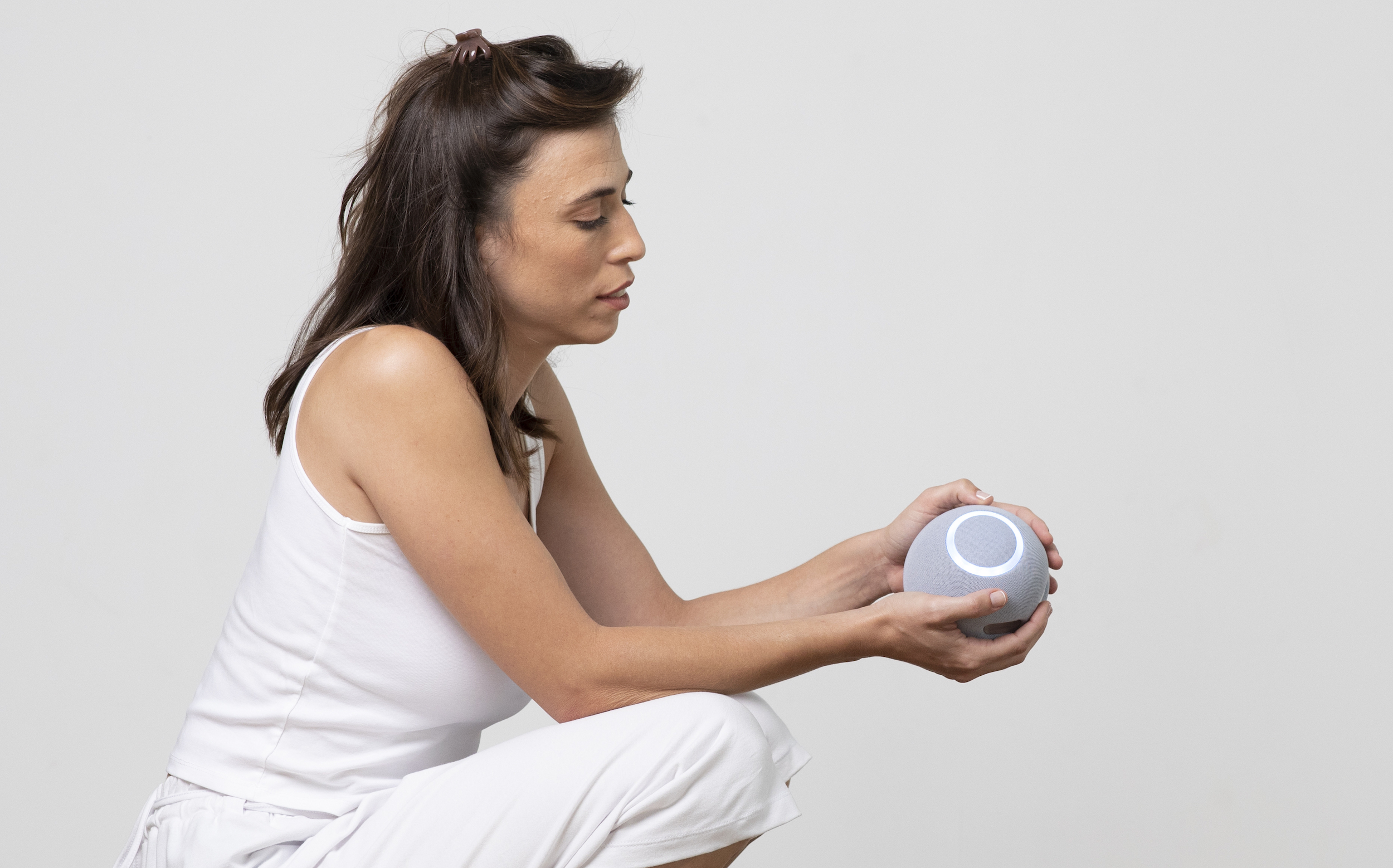
GAF Energy’s easy-install solar shingles aim to outshine Tesla roofs and traditional panels
January 4, 2022
The fish is driving again
January 5, 2022
It’s all good and well to be able to sit cross-legged on a mountain top and feel at one with the universe — but how do you know if you are doing it right or not? For beginner meditators who aren’t sure how they are “meant” to feel in their bodies there’s Reflect’s Orb product, which was launched during this year’s virtual CES shenanigans. Entrapped in their home base of Israel, I spoke to the company from the bustling and — fittingly — far more laid back metropolis of Tel Aviv, rather than the one-armed-bandit-laden post-apocalyptic hellscape that is Las Vegas.
“We’re not targeting Zen Buddhist monks, or those who can sit cross-legged on top of the mountain and meditate for hours; they have their shit together,” jokes Shiri Perciger, CMO at Reflect. “They don’t need us — but we have had users try it who have never meditated before. We’ve also had expert yoga teachers and mindfulness coaches. Almost anyone who tried it finds value in our product.”
The value of Reflect’s Orb, the company says, is in the real-time biofeedback that’s shown on the device itself. As the company explains it, bio-feedback is the self-monitoring of your physiology in real time, using the company’s device. It enables you to gain insights into your internal processes and learn to regulate them. For example, if you use an Apple Watch, you may have noticed that the watch reminds you to breathe precisely at the moment you need it most. The “breathe” feature on the Apple Watch exemplifies the basic principles of biofeedback and highlights the importance of breath to improve wellness. The watch measures something (although, to my knowledge, Apple has never explicitly stated what triggers a “breathe” alert on your watch), and periodically reminds you to breathe for a bit. The goal is to bring you back to a place of peace. Orb takes biofeedback and makes the process more explicit.
“Biofeedback can be used for many things, including measuring and reporting stress and anxiety. We measure what’s going on in your body, and we show it to you in real time. The goal is to make you aware of things that usually you’re unaware of — things that happen unconsciously in your body all the time,” explains Noga Sapir, CEO at Reflect. “We are measuring things like heart rate and heart rate variability (HRV), which is a very good predictor of stress. We also measure electrodermal activity (EDA). Both change in response to stress, and the idea behind biofeedback is that we show you a dynamic, constant feed of what’s going on. From there, you can begin to influence it. First by being aware of it, and then by seeing what works in this feedback loop. We give you the tools to first be aware of what your body is going through, and then to influence it in a way that will calm you.”
The device itself is a soft, cloth-covered ball that you hold in two hands. It has six electrodes where your fingers rest, and a light ring that reports back in real time how calm you are. The idea is that by adjusting your seating position, feeling your body and adjusting your breathing patterns, you can see how your body reacts to the various calming techniques. The light ring indicates how relaxed you are.

Reflect’s Orb in use (Image Credits: Reflect)
Reflect’s Orb in use (Image Credits: Reflect)
The device itself is independent of your phone, and doesn’t need to be connected to anything. When you are connected to a network, the orb uploads your data to the cloud and makes it available to you via a mobile app, but you can also use it offline. Take it to a literal or proverbial mountain top and breathe. When the device reconnects it phones home so you can get detailed information about how your relaxation session went.
Reflect is entering a competitive and somewhat crowded market. The Muse headband measures brain activity and gives feedback on sleep and meditation practices. Zendo Meditation also connects to your head to measure how deeply you find peace. Another product in this space is the Core meditation trainer, which has a similar form factor — a ball with electrodes — that measures HRV and other biofeedback for meditation purposes. The company maintains that it has a unique enough selling point to carve out a healthy user base, and to take on its competitors head-on.
“Muse does something similar with neurofeedback, and Core rely on their meditation library, but don’t do live biofeedback. Both of these solutions need to be connected to an app,” explains Sapir, “We want the Reflect Orb to be an experience you can take anywhere with you wherever you go. We think the real-time biofeedback approach is better, in that it really allows you to build your awareness of the body and brings your focus. For me personally, it is very important that there is a mobile app, and that it gives you all the data you need, but when you use Reflect, you just use Reflect. There are meditation apps, and there is a lot of technology built into our phones, but it’s kind of paradoxical because phones are stressful for a lot of us. I just wanted to put the phone away and just focus on this tactile and visual experience.”
The Orb is priced at $229, but the company has the product available for preorder priced at a discounted $199 for now. The team told me it is planning to start shipping in February this year.



